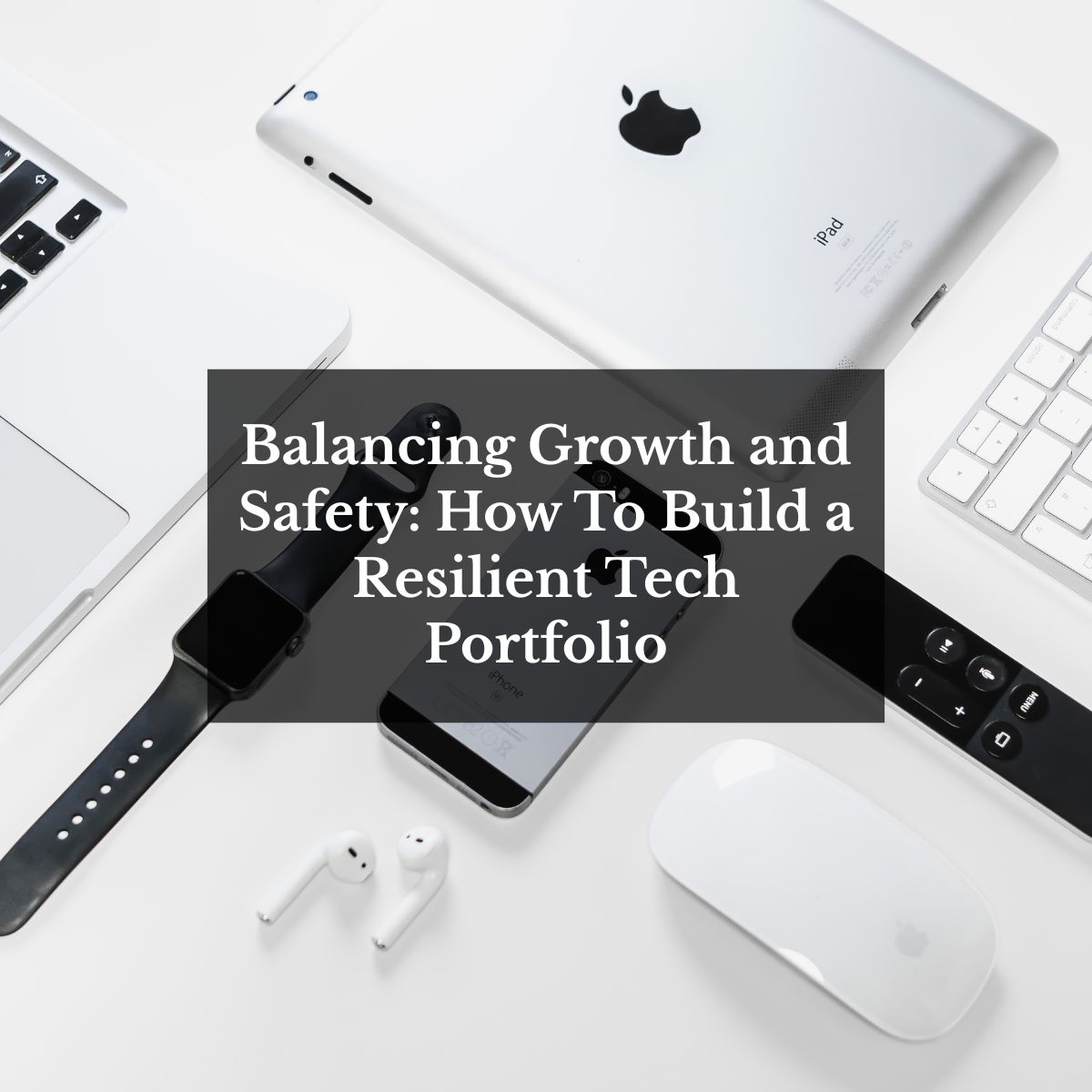
By Steven M. Rogé, MBA, CFP®, AIF®
Chief Investment Officer
The late-great Yogi Berra once said, “They give you cash, which is just as good as money.” Back when Yogi was busy winning one of his 13 world championships there wasn’t such a thing as “Incentive Stock Options” or ISOs. It wasn’t until the 1960s that they came into fashion. The use of stock options has typically coincided with rapid economic growth and technological innovation. We are at the point of technological innovation once again, both in the traditional sense of technology, and more recently biotechnology.
Unlike cash, it can take some time to understand the ins-and-outs of this unique form of compensation. ISOs are less of a drain on a rapidly growing business, allow employee participation without an immediate cash outlay and – as the name implies – it incentivizes employee performance since they are only worth something if the business grows.
At an ISO’s core, it allows you the option to purchase shares in your company’s stock at a predetermined price. Depending on the development of the company’s stock over time, the option to purchase shares potentially at a much lower cost can be quite lucrative. Conversely, if the stock market God’s frown on your company’s stock price, those stock options could be worthless.
Incentive stock options even have their own lingo. ISO’s are first “granted.” A grant is how your company awards stock options to you, and the details of this grant can usually be found in a stock plan. If you don’t have your stock plan handy you can always ask human resources for it.
While you may be granted stock options, they may not be yours – yet. This is the concept of vesting. Typically, stock options vest, or become yours, in lumps over a certain period. This incentivizes employees to stick around for a while. If you leave the company prior to your options vesting, you will be forfeiting them.
What happens if you leave the company and have some vested, but non-exercised options? Typically, there’s a short window of opportunity called the poster-termination exercise (PTE). This window, which usually lasts 90-days, offers you the chance to come up with the cash to allow you to exercise your vested stock options. However, those non-vested options, you can kiss goodbye.
As we hinted above, to exercise the option to purchase shares in your company stock you need to pony-up enough cash. Keep in mind that all stock options have an expiration date, and you don’t want to miss the opportunity to purchase those shares.
There is plenty more to cover regarding Incentive Stock Options and we have just scratched the surface here. Download our free comprehensive checklist of items you should look at when evaluating your ISO by clicking here.
If you are interested in learning more about how ISOs factor into a comprehensive financial plan, please contact our team of knowledgeable CERTIFIED FINANCIAL PLANNERS™ (CFP®) at 631.218.0077. We would be happy to go into further detail and answer any questions you may have.
R.W. Rogé & Company, Inc. is a fee-only financial planning and wealth management firm serving clients locally and virtually across the country, with Long Island, New York, Beverly, Massachusetts, and Naples, Florida office locations. We help clients Plan, Achieve, and Live® the life they want since 1986. To learn more about how we do this, click here.



